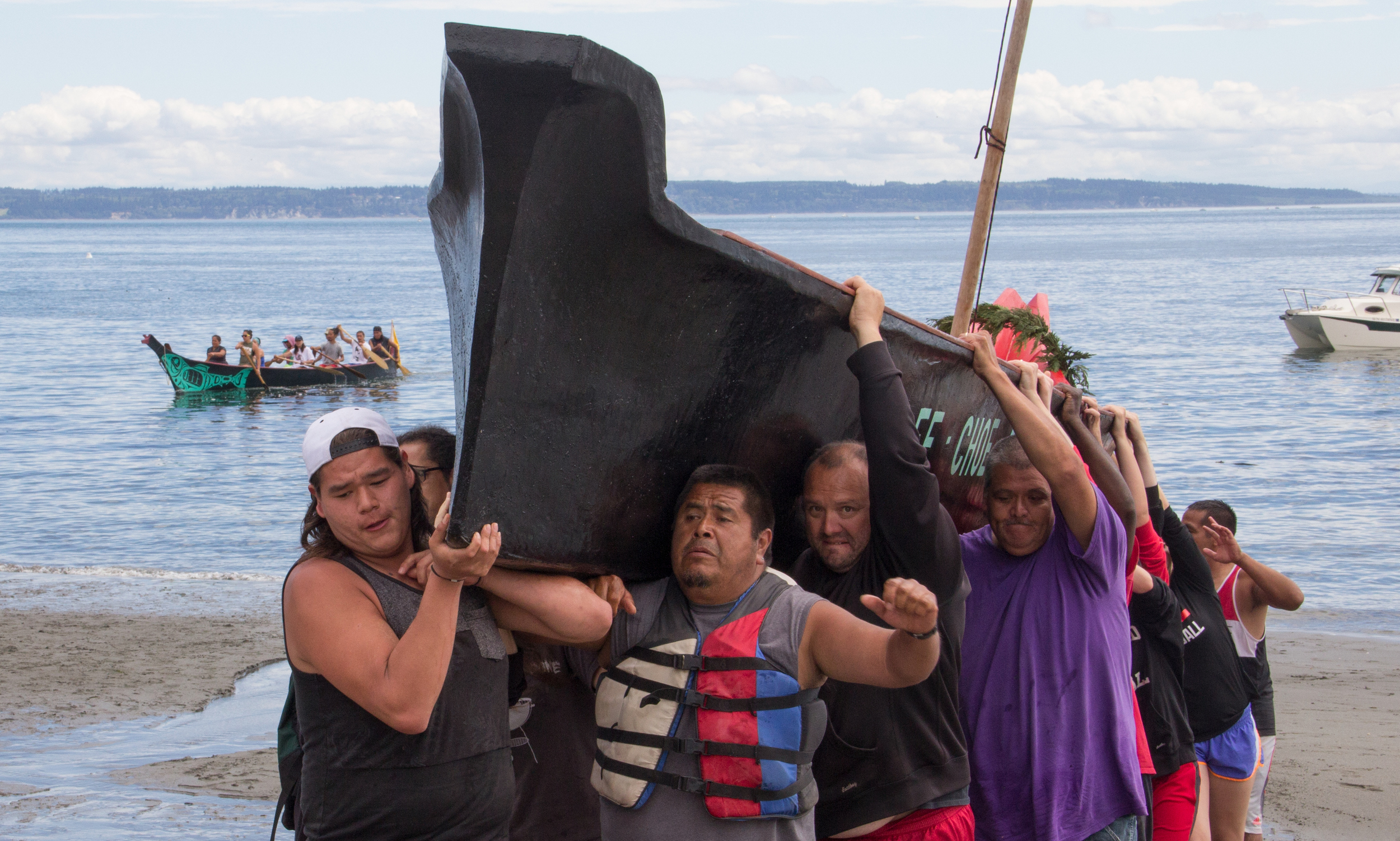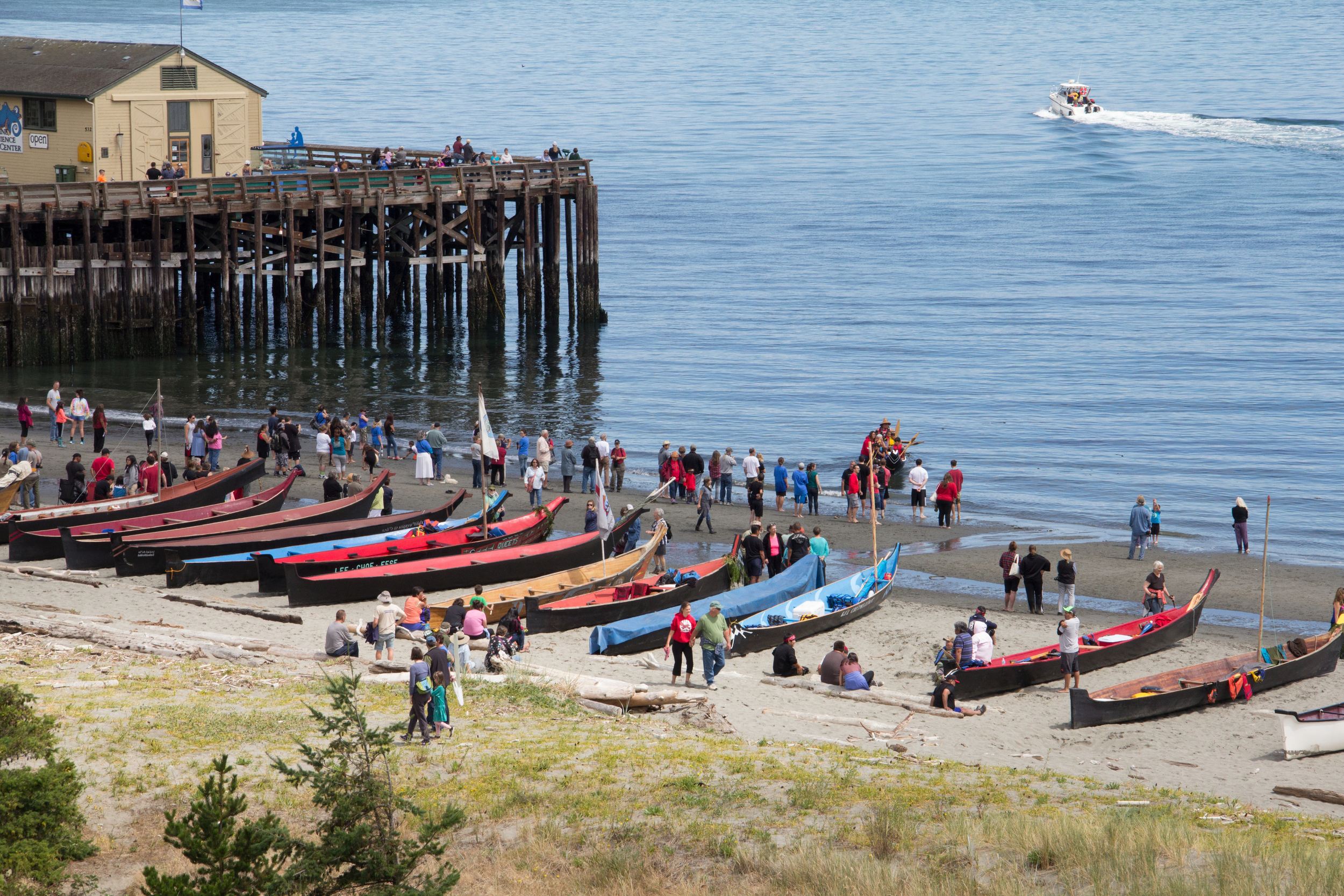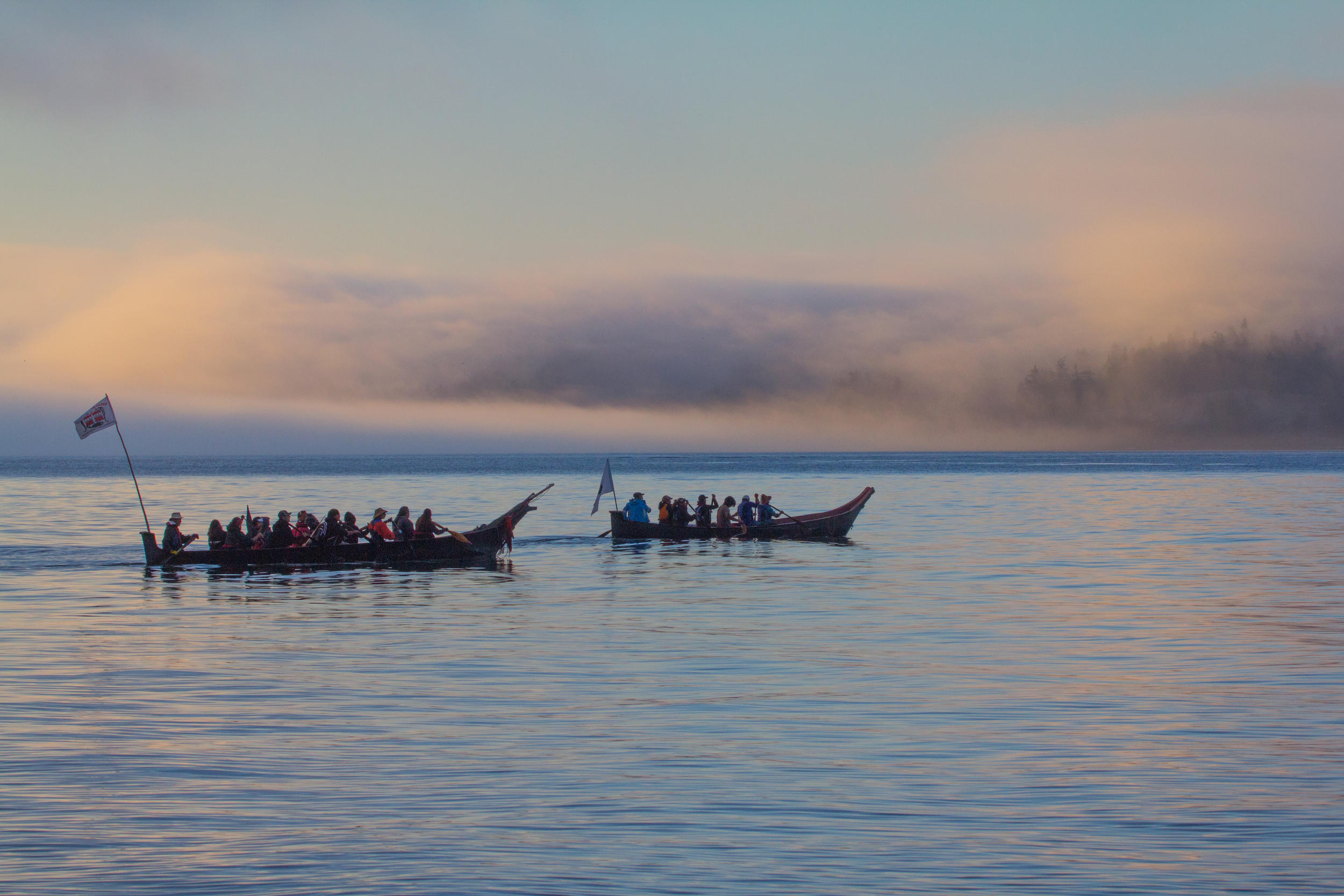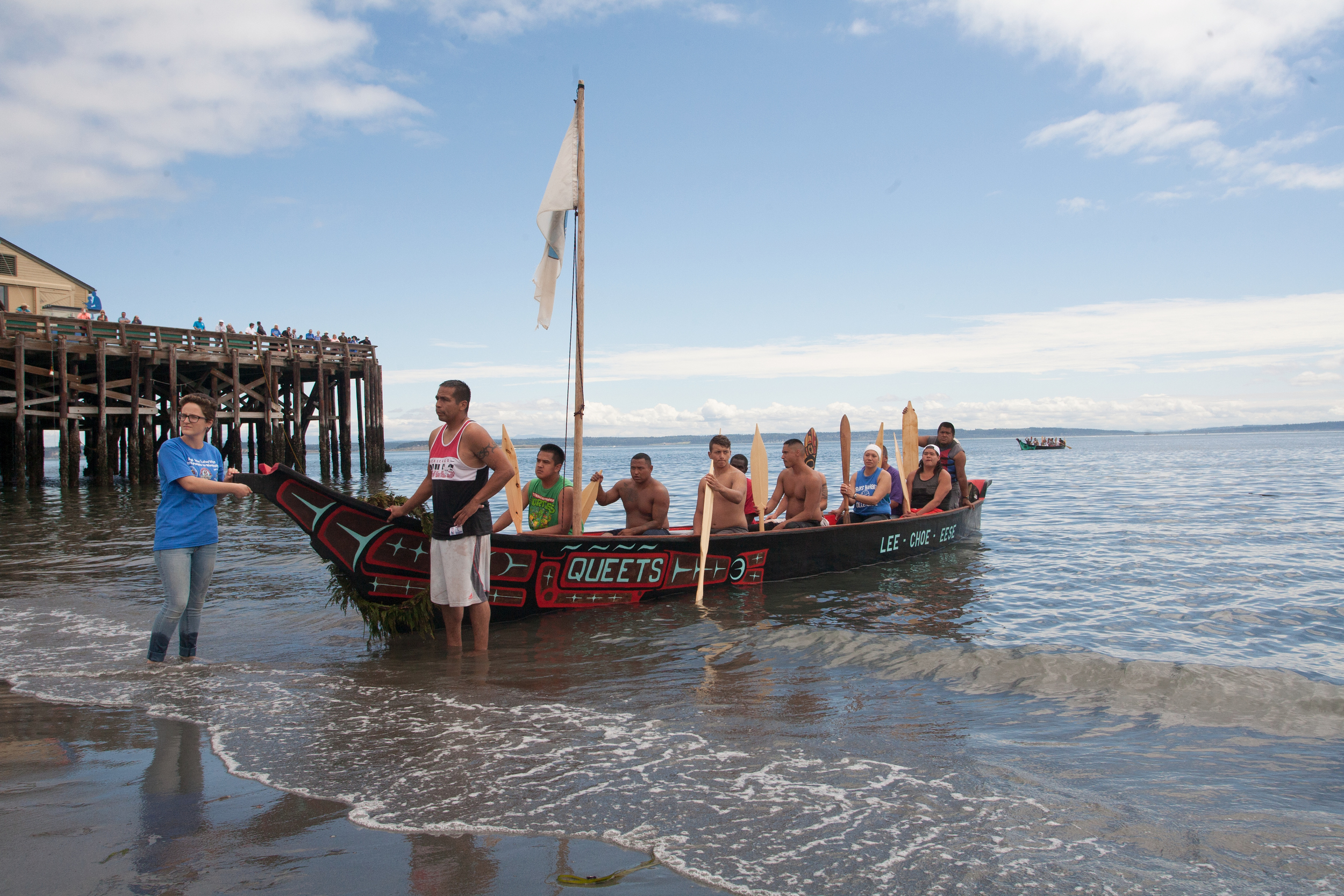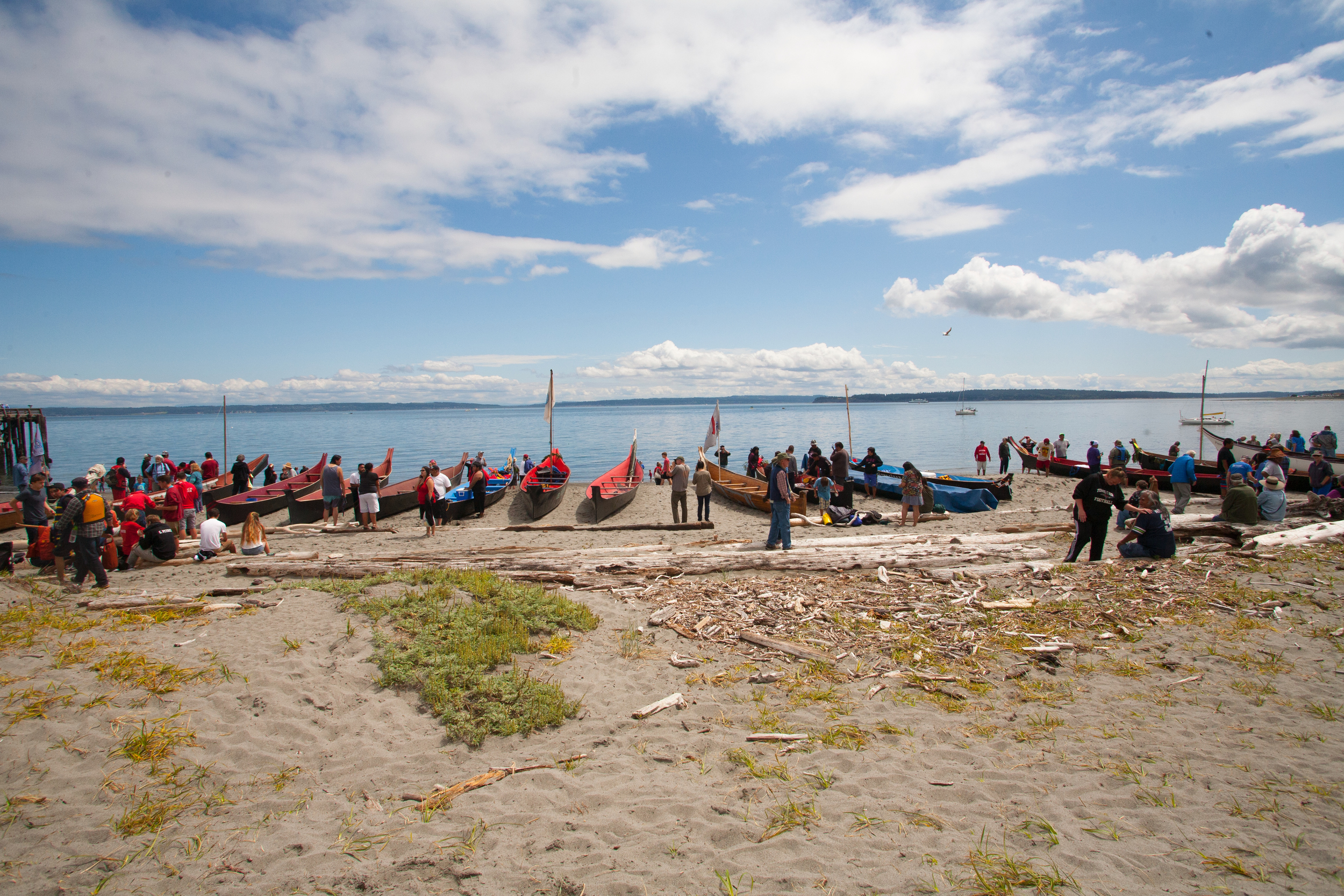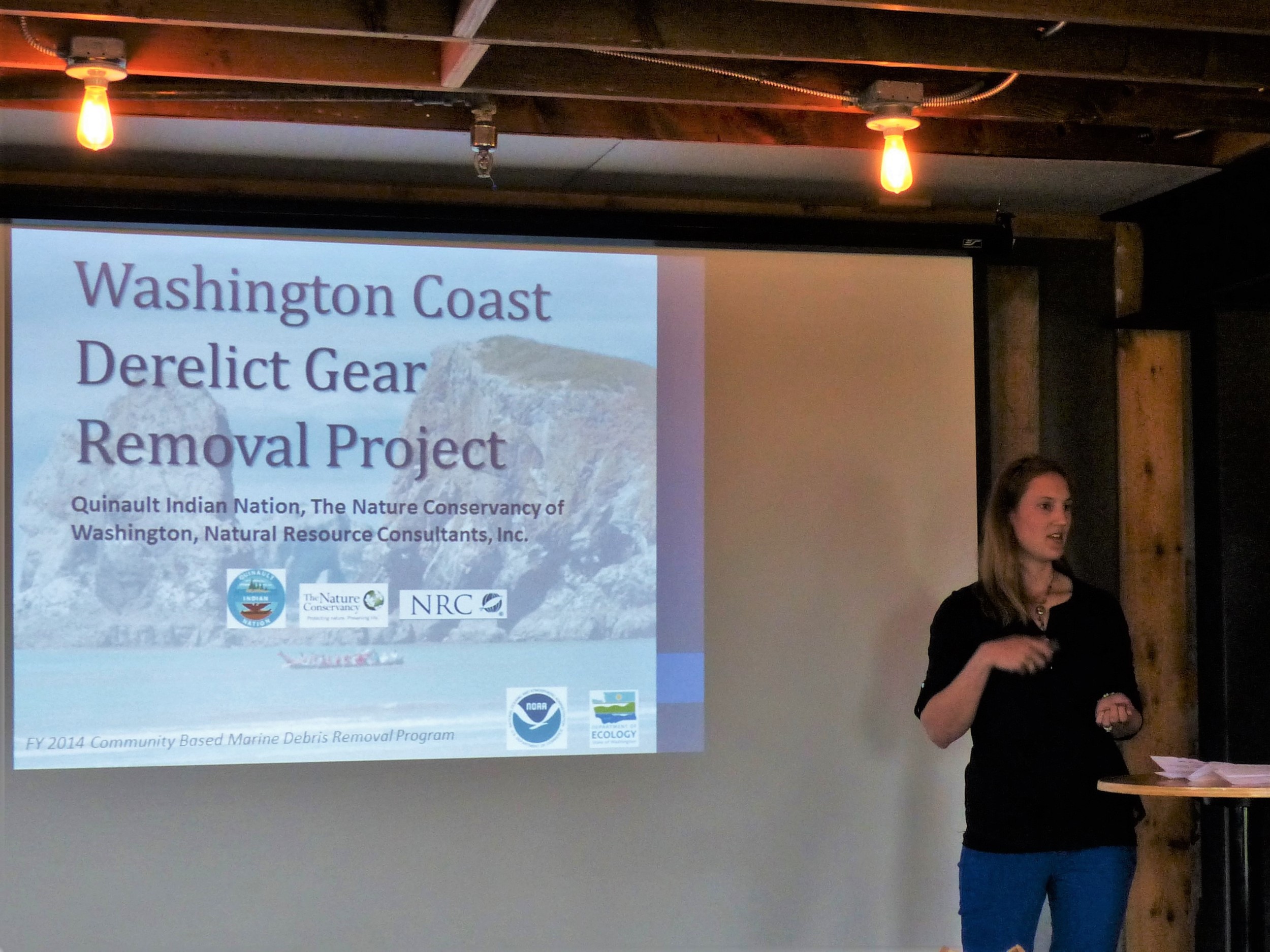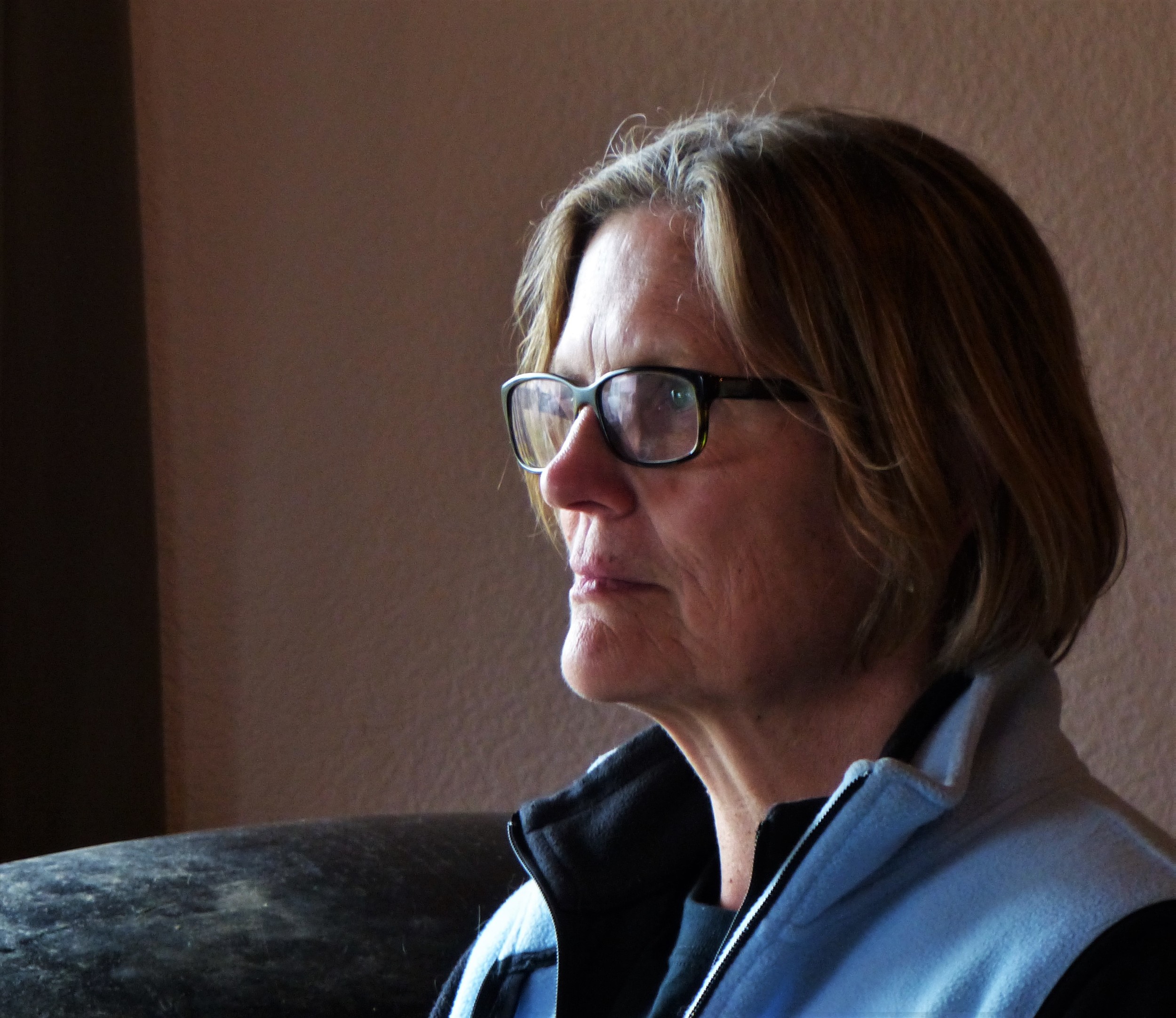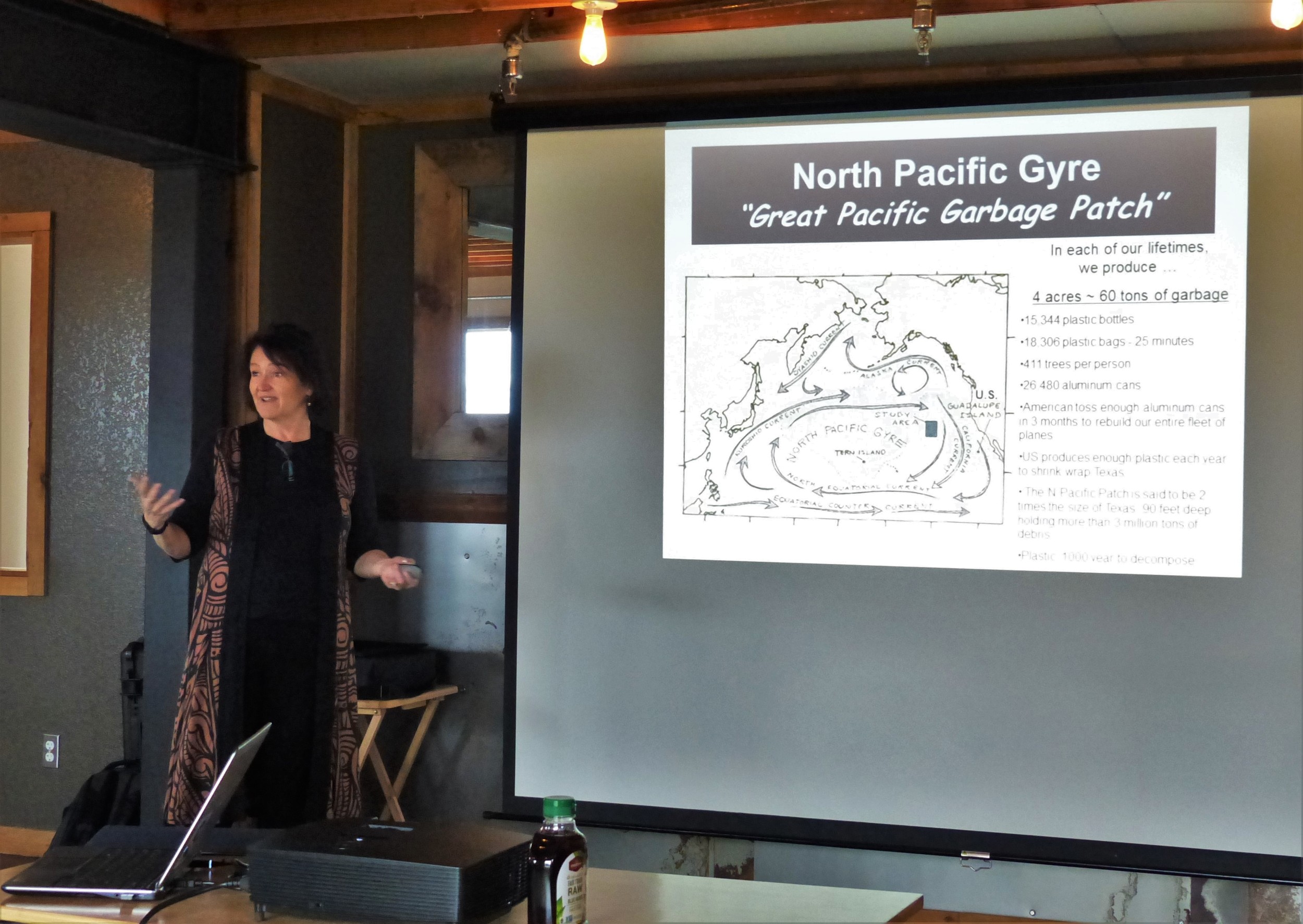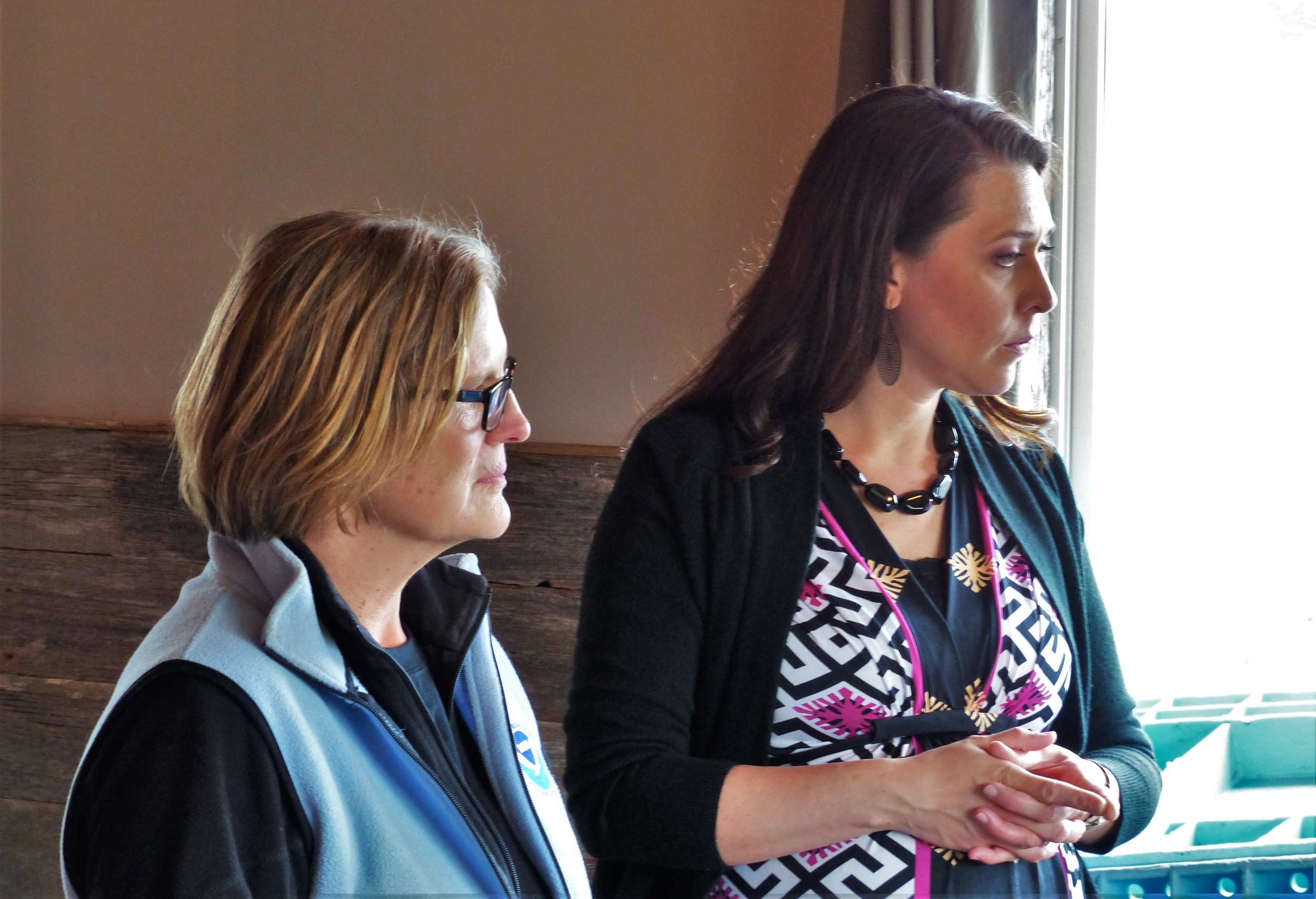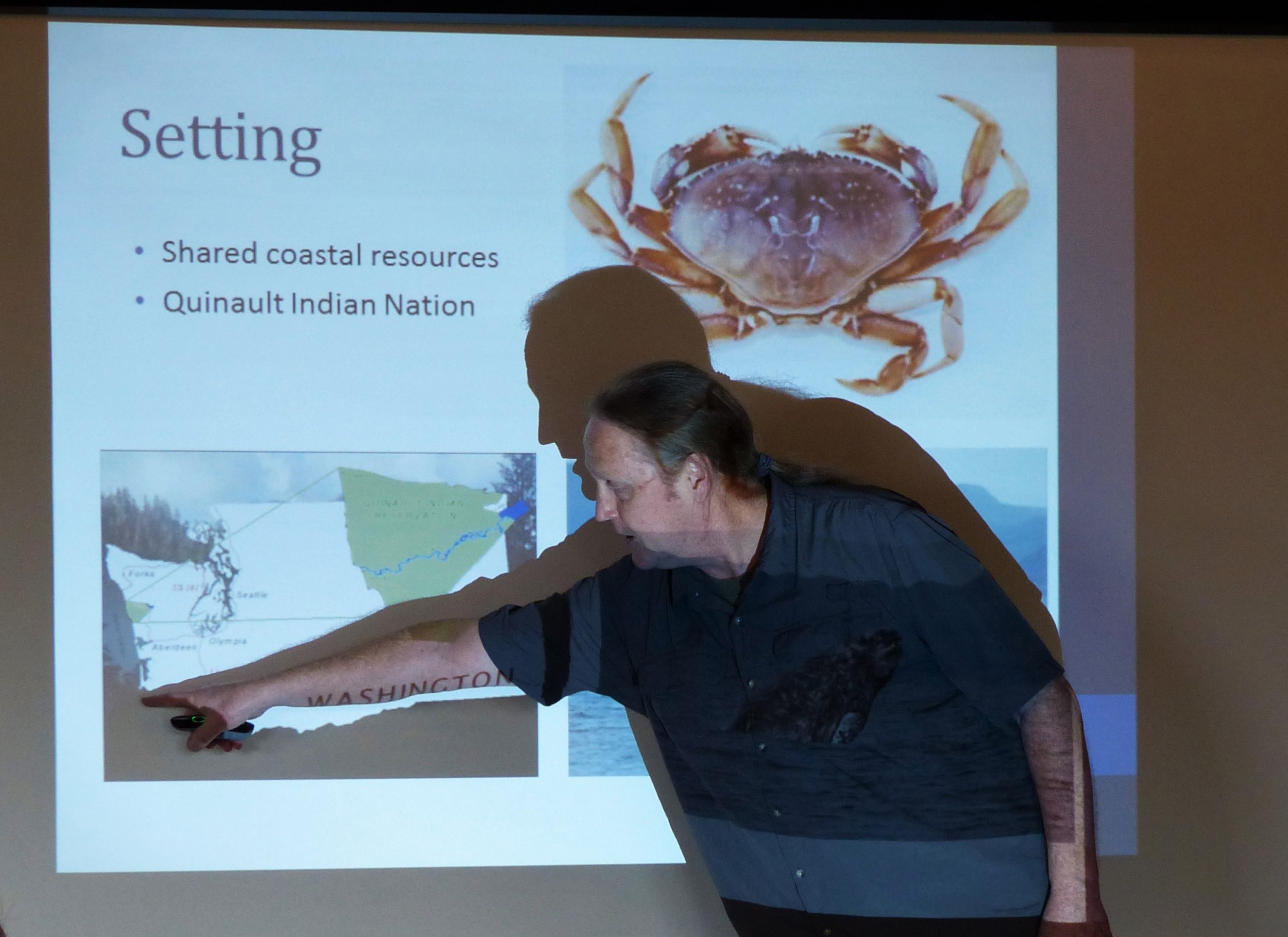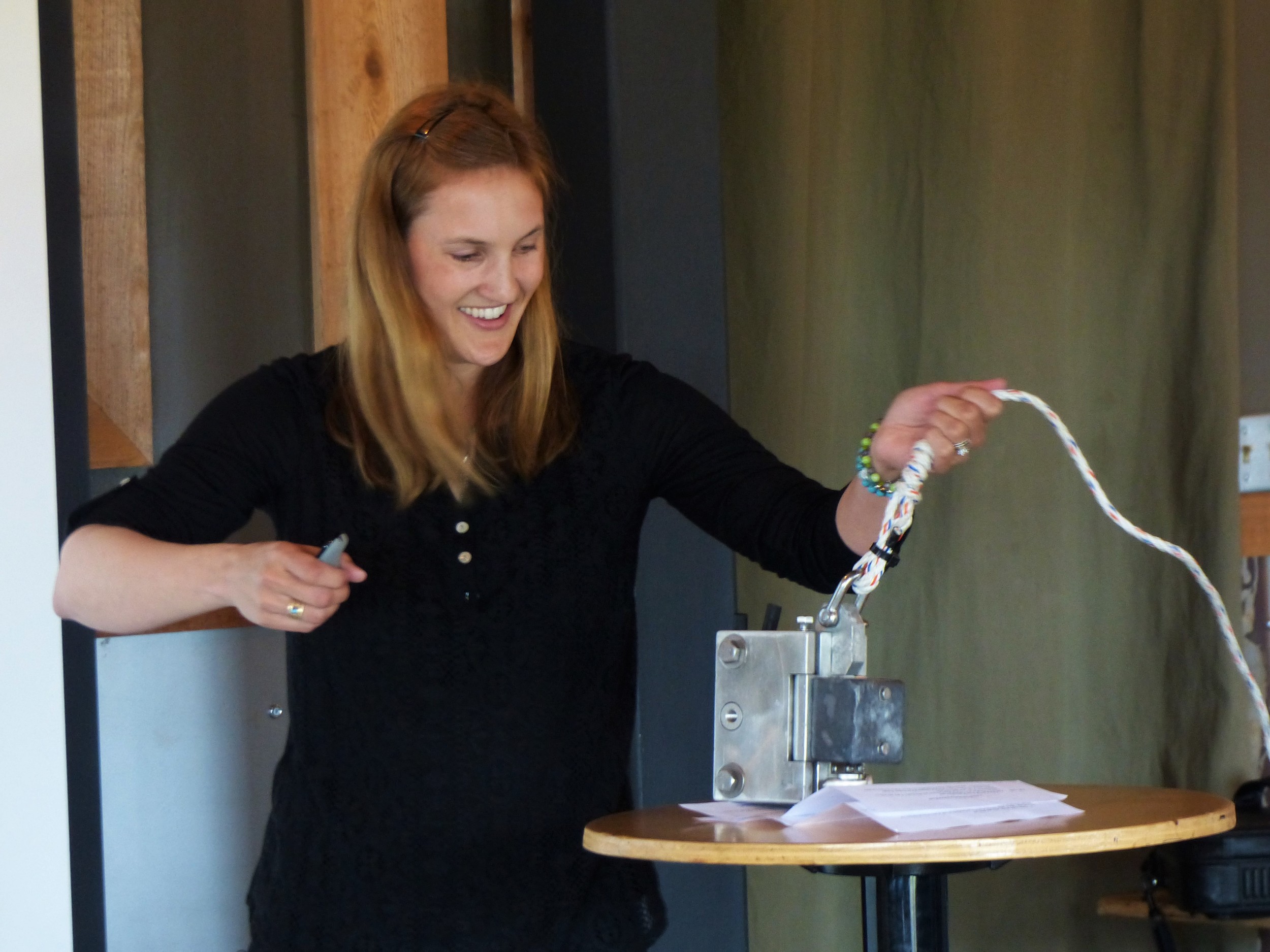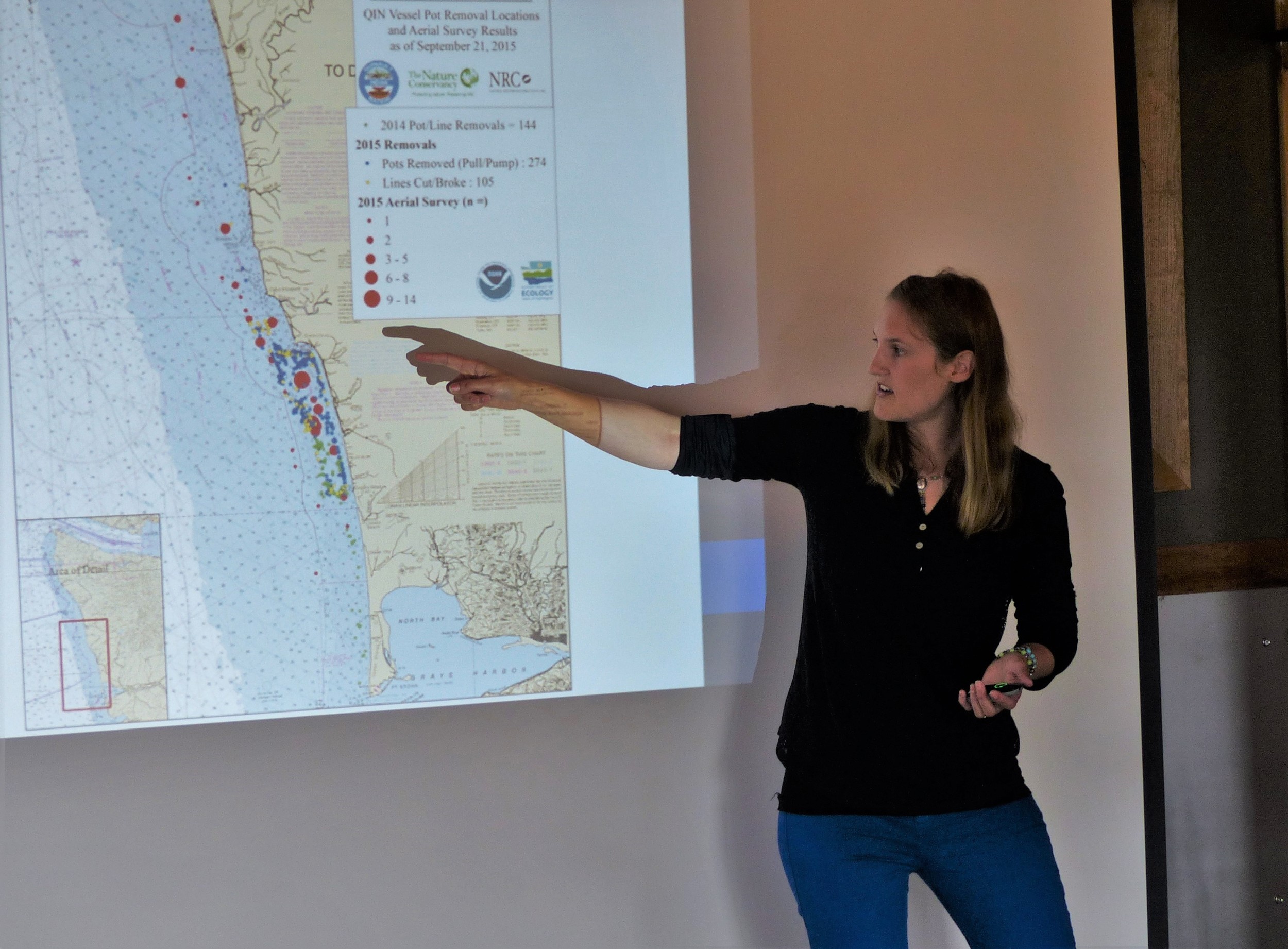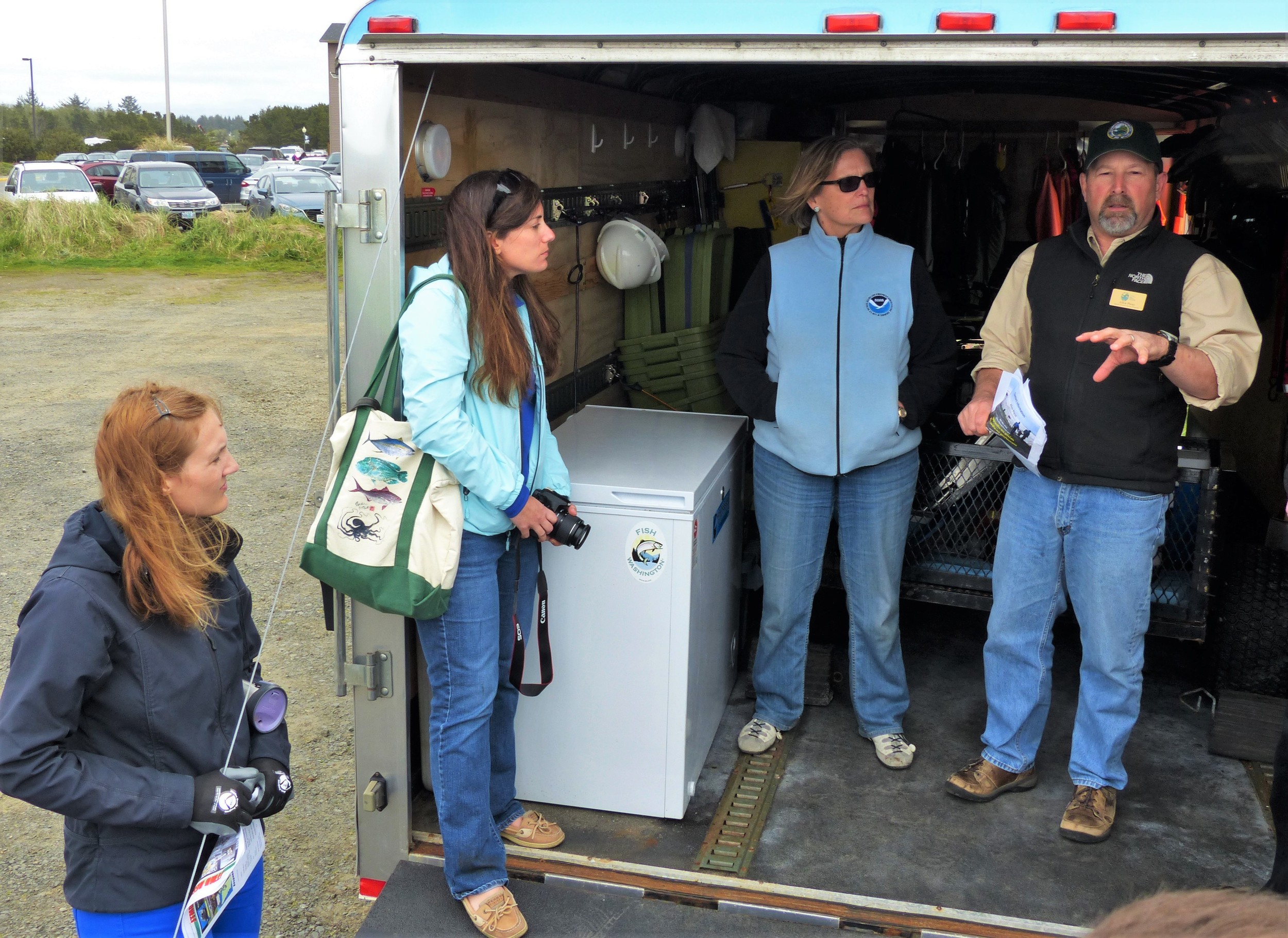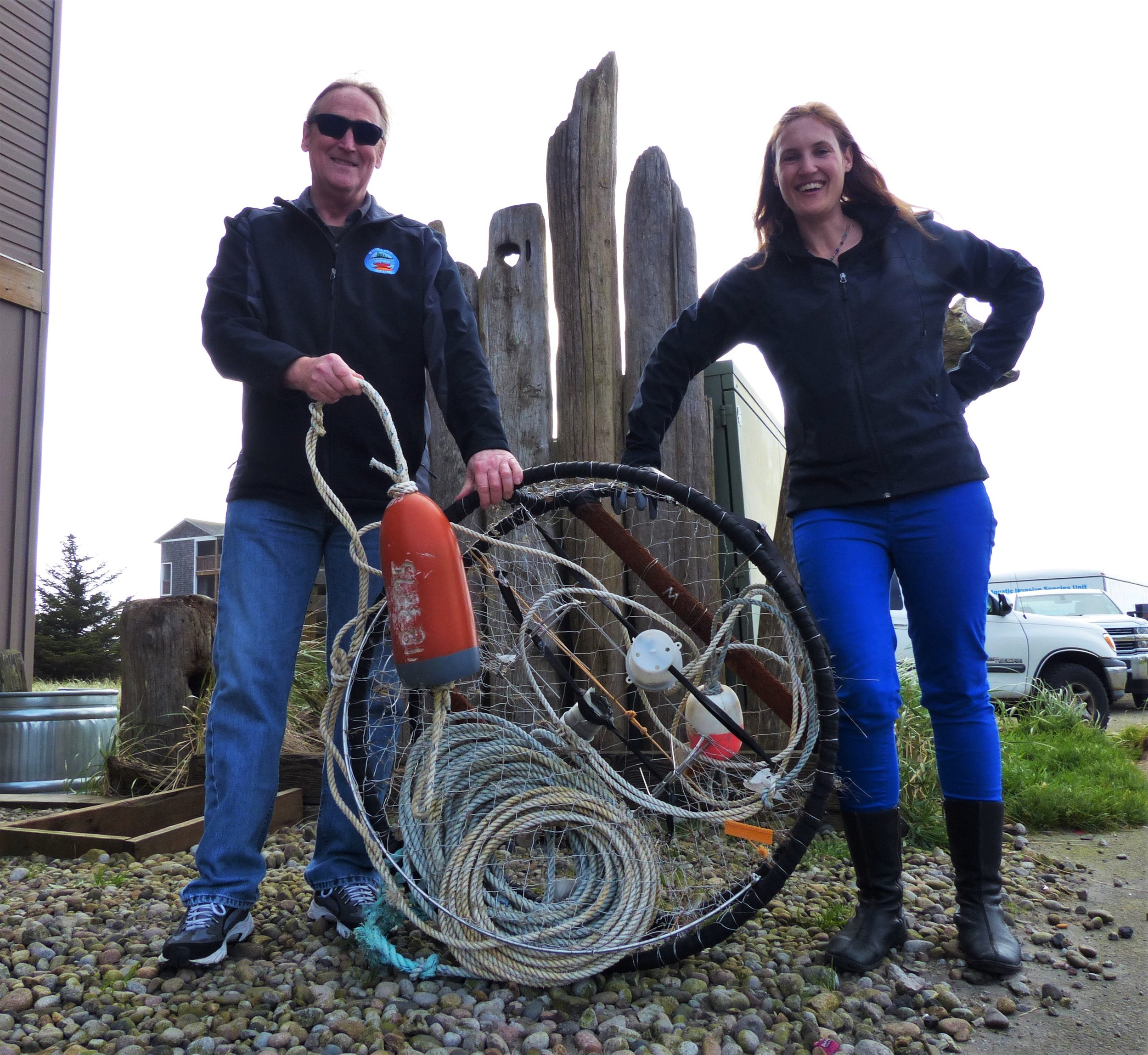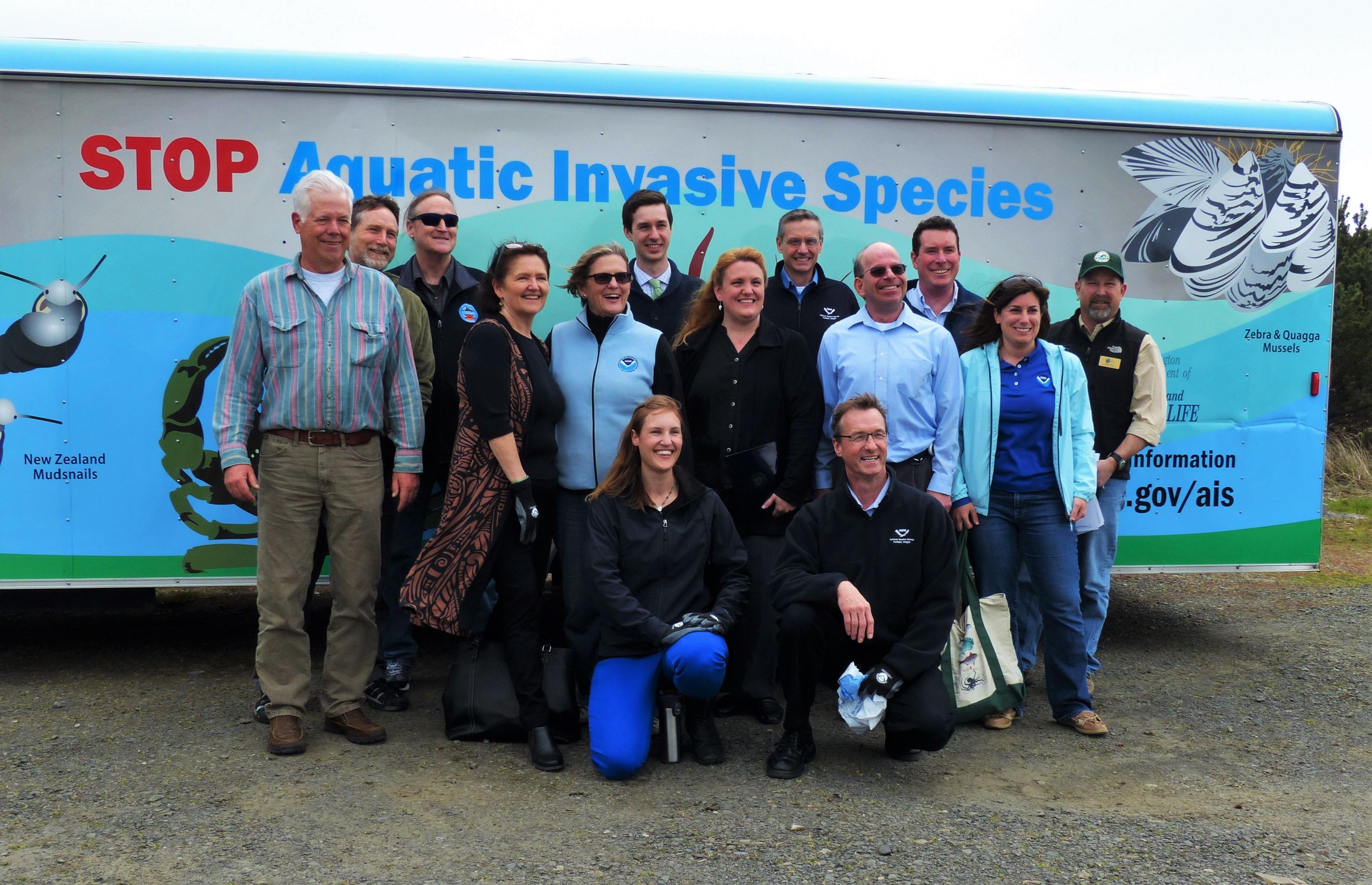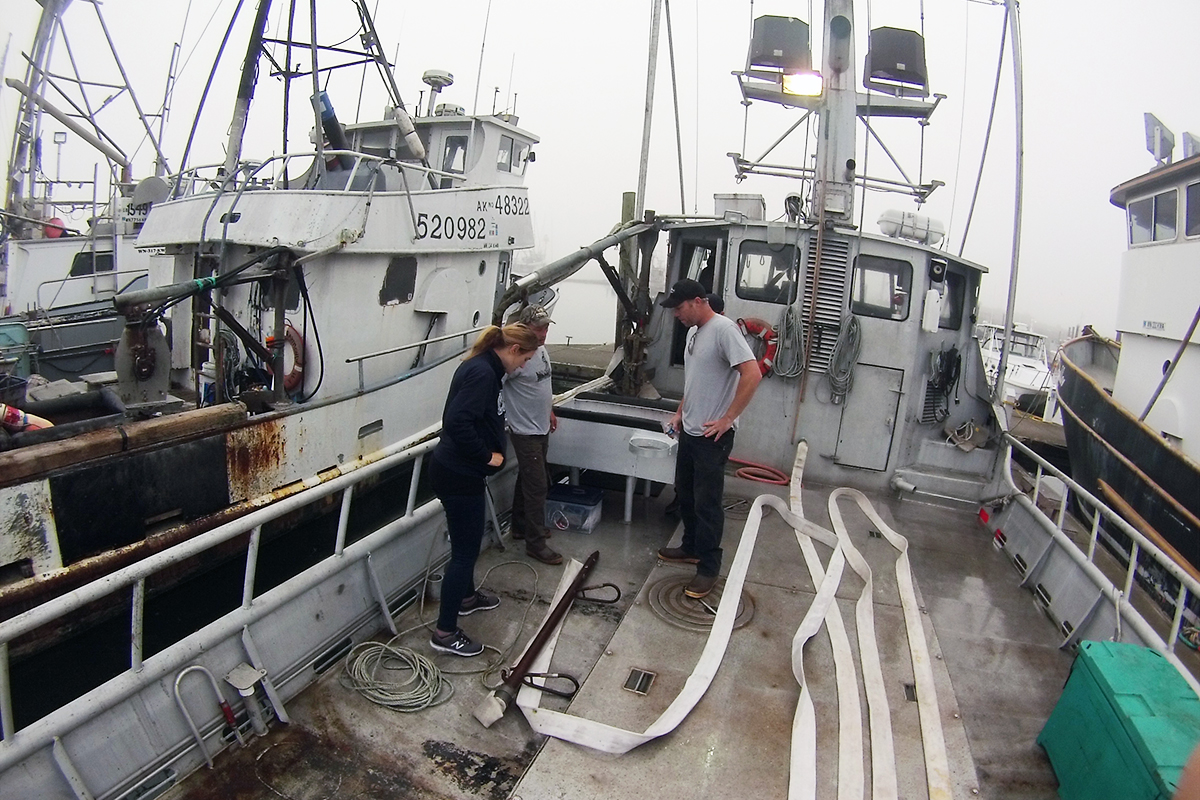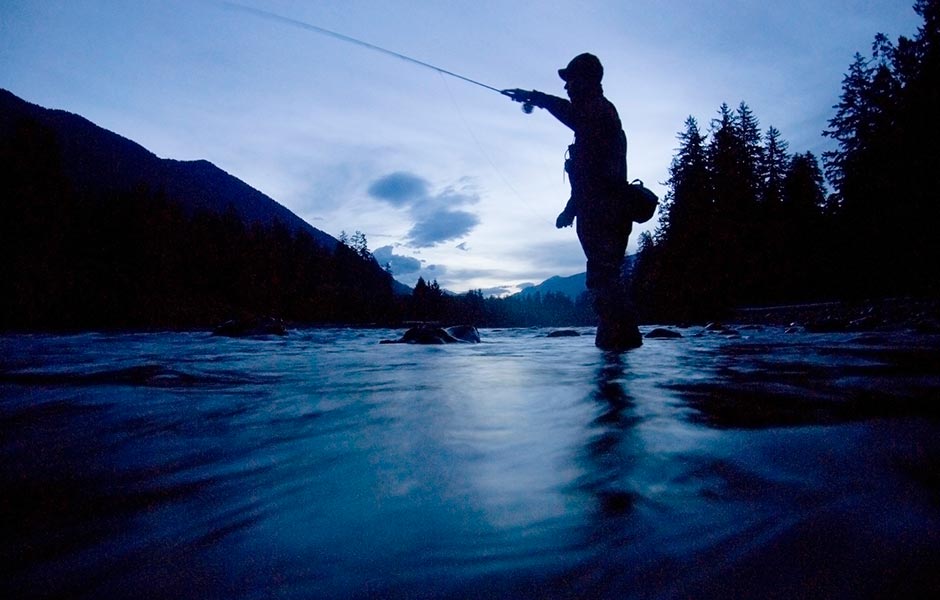As 2023 draws to a close, Jamie Stroble, Director of Climate Action and Resilience reflects on the link between healthy community relationships and a healthy climate. She lists several ways every person can contribute to a thriving planet.
Port Susan Bay Preserve: Where have all the Chinook Gone? (Part 1)
Port Susan Bay Preserve: Where have all the Chinook gone? (Part 2)
Help Communities Breathe a Little Easier
Oysters to the Rescue
Oyster farming not only provides jobs in rural communities, but oysters themselves provide habitat for marine life and improve environmental quality by filtering water. So, if native oysters were no longer headed to restaurants, could they be purchased and used for restoring coastal habitats? This question led TNC and Pew Charitable Trusts develop the Supporting Oyster Aquaculture and Restoration (SOAR) initiative to purchase native oysters from shellfish growers to support the industry during this difficult time while also supporting local restoration efforts. The goal was to purchase and transfer 5 million native oysters from farm to tidelands on the East Coast and in Washington State.
Key fish finding: Young herring follow the lead of older generations
Watch: Stillaguamish Tribe-led Estuary Project Comes to Life
A tribe's identity is under threat due to climate effects
Canoe Journeys
Photographed by Joel Rogers, Northwest Photographer
Canoe pullers from Tribes and First Nations in Washington and British Columbia arrived at Port Townsend on Saturday, July 23, as part of the Canoe Journey 2016--Paddle to Nisqually.
The journey ends at Swantown Marina in Olympia Saturday, July 30.
For thousands of years the indigenous people of the Pacific Northwest have voyaged in ocean-going canoes. Todays Tribes and First Nations celebrate the strength of their culture with these annual Canoe Journeys, traveling the ancient routes.
Cleaning Up Oceans of Debris
Written by Kara Cardinal, Marine Projects Manager
Photographed by David Ryan, Field Forester
Marine debris - plastics, metals, rubber, paper, textiles, derelict fishing gear, vessels, and other lost or discarded items that enter the marine environment – is becoming one of the most widespread pollution problems facing our world oceans.
Marine life, such as sea turtles, seabirds, and marine mammals, are increasingly confusing it with food and ingesting plastics and other debris. It can damage important marine habitat. Derelict nets, ropes, line, and other fishing gear can lead to whale entanglements, vessel damage and navigational hazards. Not to mention, who wants to walk down the beautiful Washington coast only to stumble across rafts of Styrofoam, plastic bottles and grocery bags? No part of our world is left untouched by debris and its impacts.
“She may be small, but she is fierce.”
As overwhelming as this problem seems, incredible work is happening right here in Washington to clean up our local oceans.
I had the opportunity recently to join a group of dedicated individuals in Long Beach, Washington who are working to address marine debris issues in our state, as well as recognize the 10-year anniversary of the NOAA Marine Debris Program and the five-year commemoration of the tsunami that struck Japan and resulted in vast amounts of debris from across the world washing up on our local beaches.
This event brought together local volunteers (Grassroots Garbage Gang), NGOs, tribes, state agencies and NOAA officials to share and recognize our work. The event on April 8 kicked off with inspiring remarks from Dr. Kathryn Sullivan, Undersecretary of Commerce for Oceans and Atmosphere and NOAA Administrator , who was eager to learn about our work and explore our local beaches.
Congresswomen Jaime Herrera-Beutler, with family in tow, also addressed the crowd. Referring to the community efforts on the Washington coast, she recited a quote from her daughter’s bedroom wall: “She may be small, but she is fierce.” These words couldn’t be more true – folks on the Washington coast are doing local-scale work with a global-scale impact.
At The Nature Conservancy, we are doing our part by addressing the issue of derelict fishing gear along Washington’s rugged coast. With funding from NOAA and in partnership with the Quinault Indian Nation and Natural Resource Consultants, we have removed over 500 pots, lines, and buoys from the Washington Coast. The main goals of this project can be summed up by 1) getting derelict gear out of the water, 2) keeping gear out of the water through a sustainable recovery program, and 3) doing outreach to tribal fishermen and the surrounding communities about the habitat, economic and safety issues of derelict fishing gear.
See our recent blog post on this project.
Before I started my long journey home, I decided to take one last walk along the beautiful beaches of the Long Beach Peninsula. As I was walking out towards the water, who did I see coming off the beach lugging a big bag full of trash? None other than Dr. Kathryn Sullivan herself! I went up to shake her hand and thank her for visiting our special corner of the country. She remarked “I couldn’t travel all this way and not do my part.” I smiled to myself as I continued my walk along the waters edged and felt very confident that all of us together might just make a difference in this world.
NOAA’s Marine Debris Program
Grassroots Garbage Gang
LEARN MORE ABOUT OUR WORK IN OCEANS
Heading North – Salish Sea Ecosystem Conference, Here We Come!
Written by Jenny Baker, Senior Restoration Manager
With Contributions by Julie Morse Senior Ecologist; Jodie Toft, Senior Marine Ecologist
The 12th offering of Salish Sea Ecosystem Conference is just around the corner and a cadre of us from TNC are ready to head north and dive in. Next week, over 1,000 indigenous knowledge-holders, scientists, policy-makers, students and other stakeholders from the US and Canada will collect in Vancouver, B.C. for 3 knowledge-packed days. The conference is a wonderful opportunity for interdisciplinary and transboundary collaboration and networking for those of us dedicated to the protection and recovery of the Salish Sea region.
The team is excited to share our work in the Salish Sea through three presentations and a poster. In the Toward Coordinated Resilience Planning Where People and Ecosystems are Being Squeezed by Climate Change session, a range of speakers will explore the complexity of addressing climate change in systems where past and current land use influence how climate change will affect people and nature, and some of the considerations that are needed as we plan for the future. We have two talks in this session. We will talk about our work to incorporate climate change considerations into floodplains project funding and marine shoreline planning, and our work to identify projects that have benefits for flooding, farms and fish in the Skagit river delta.
In the Local Stories and Results session, we will describe monitoring results from TNC’s Port Susan Bay project in an Ignite presentation, sure to be an informative and engaging crowd-pleaser. And we will present a poster titled New Tools for a United Front to highlightseveral new ideas and projects that TNC is working on. These include: TNC’s and the University of Washington’s “Outside Our Doors” publication, which synthesizes 40 years of research on benefits of nature in cities; tools for exploring flood risk and coastal resilience; a spatial assessment that answers the question how much agricultural best management practice implementation is needed and where is the best place to put it to get the strongest environmental outcomes; and the effects of polluted stormwater on coho salmon and promising solutions for treatment.
In addition to sharing our work and hearing from others, we look forward to the inaugural Billy Frank Jr. plenary, the keynote by Dr. Roberta Bondar, Canada’s first female astronaut and the world’s first neurologist in space, the art show, a reception at the Vancouver Aquarium and the First Nations/Tribal Dinner.
For me, this will be my third time attending this conference. Every year I find it recharges and inspires me. All day for three days, there’s non-stop presentations, poster sessions and great conversations over coffee with my colleagues, many that I’ve known for years but don’t see on a daily basis. Our work is often messy, and so complicated that I often get lost in the details… but this conference always reminds me of the big picture and how lucky I am to live and work in the beautiful Salish Sea.
Look for tweets from the team next week as we share highlights from the meeting!
Partners, Transformation, Salmon
Connecting with the community on the Olympic Peninsula
Written and Photographed By Byron Bishop, Board of Trustees Chair, The Nature Conservancy in Washington
There is no substitute for hands-on experience. As the incoming board chair for The Nature Conservancy in Washington I hear an awful lot and talk an awful lot about the environmental challenges our state is facing and the ways in which this organization is tackling them. But a recent trip to the Olympic Peninsula gave me an up-close view of the issues, allowed me to meet vital partners and inspired me to work even harder to build success for people and nature in this critical region.
I was privileged to spend time with leadership from both the Makah Tribe and the Quinault Indian Nation. Each of them is uniquely connected to the lands and waters of the region, and each plays a big role in assuring the health of forests, rivers, coast, and ocean. We greatly value our partnerships with the Makah and Quinault, which are built on shared values and goals. For example, one area of mutual concern is the threat of an oil spill. I toured the only oil skimmer at Neah Bay and learned that there is no capability for handling a large spill. Together we are working to diminish the risk of spills and increase our ability to respond, preventing environmental devastation. After productive meetings with each tribe, we look forward to deeper partnerships.
The region is part of a larger system along the Emerald Edge from Washington through British Columbia and up to Alaska. On this trip I learned more about the strategy of transforming forest practices across this region. In each area there is a different primary tactic: In Washington we will use changing ownership structures. In British Columbia, it is about changing how tenure works and empowering First Nations. In Alaska, we must transition industry from old growth to second growth. With a high level vision of transformation, we have the versatility to create the most powerful solutions for each area.
No trip to the region is complete without talking salmon. The iconic fish thrives where there are healthy forests and rivers, so their well-being is a very good indicator of how the system is doing. I witnessed several positive signs: Along Hurst Creek, a tributary of the Clearwater on Conservancy property, I saw engineered log jams that will be added to the creek to create spawning habitat. Along the Clearwater, a recent Conservancy acquisition, I saw property that has great potential to become prime spawning habitat, with your support. Our work to increase salmon productivity in places where salmon once flourished is an important piece of a much larger plan, and satisfying to witness first-hand.
Every trip on behalf of The Nature Conservancy leaves me inspired, and convinced we are making a large and positive impact on our state. This trip reminded me of the complexity of dealing with multi-faceted issues in a wild and treasured place.
Hoh River Protection
More than 3,000 acres will increase the protected area along the Hoh River
Written by Megan Sheehan, Senior Editorial Manager, Digital
Photography by Bridget Besaw
They say fish have short memories, but the salmon in Washington State will remember the newly protected 3,000+ acres in Washington State for a long time. 3,184 acres along the Hoh River – extending from Olympic National Park to the Olympic Coast National Marine Sanctuary – are now protected for people and nature.
This new protected area creates a 32-mile corridor of critical and protected habitat for a variety of species, especially the trees and salmon, which in Washington grow faster than anywhere else in the world. This work builds on what the Hoh River Trust has been doing to ensure these lands, waters and creatures can thrive and grow for future generations.
All the Conservancy’s land on the Washington Coast continues to be open to public and tribal use for hunting, fishing, traditional gathering of plants and medicines, boating, birding, hiking, and other coastal outdoor activities.
Saves like this bring us hope for the future, and show that when we all work together, we can accomplish things greater than ourselves. Read more details about the Hoh River acquisition.
















